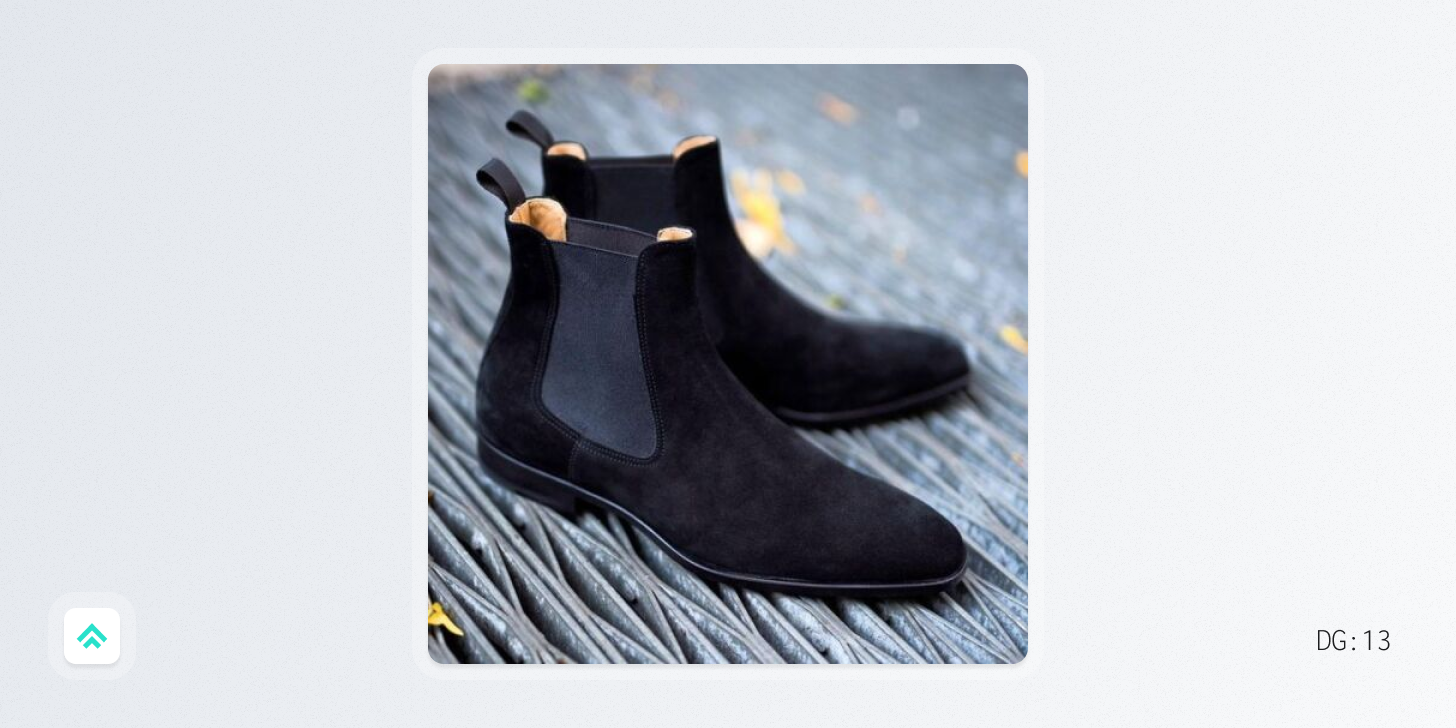Hello designers!
I don’t know about you, but I can almost taste the holiday sweets already.
While my work is still very busy for the next week or so before my team winds down for the end-of-year code freeze, I managed to carve out some time this week to make a couple of little improvements to the Better by Design website.
If you head over to check it out you’ll notice a couple of new things:
The title of the publication now uses my actual brand wordmark rather than the Substack default.
There’s a new top-level page for ‘Top Articles’ that I hope is a useful resource, particularly for new subscribers.
There are also new pages for ‘Design Practice’ and ‘Design Gratitude’ so that it’s easier to track down similar pieces as I write them week after week.
With that said, let’s get grateful…
Design Gratitude 🙏
This week I’m grateful for the Chelsea boot.
Originating in Victorian England, the Chelsea boot was originally designed as a practical and comfortable alternative to the heavy and cumbersome boots of the era. It’s said the Queen herself requested the first version as she wanted a boot without laces since she had noticed them getting stuck in her stirrups while horseback riding. The boots that resulted from the Queen’s request became known as “Paddock Boots”, and only garnered their modern name after catching on in the London borough of Chelsea in the 1950s and 60s. The style then went global when some popular rock bands of the era (like a little one called “The Beatles” 🙃) incorporated them into their wardrobe.
Over the years, it’s become a timeless classic, loved by both men and women for providing versatility, effortless style, and comfort all rolled into one package. The boot’s sleek, minimalist design and comfortable construction make it a favorite among both fashionistas and those looking for something practical. Not often you get that combo! But why’s it a good design? Let’s count the ways.
Rams Principle #1: It’s innovative
One of the most distinctive and innovative features of the Chelsea boot is its lack of laces. Instead, the boot is designed to slip on and off easily, thanks to its flexible elastic gussets which were made possible by innovation in rubber technology. This makes the boot not only easy to wear, but also gives it a clean and streamlined appearance. Additionally, its low heel gives the wearer just a bit of added height while remaining comfortable. This slip-on innovator has comfort and style in spades.
Rams Principle #5: It’s unobtrusive
The minimal design of the Chelsea boot allows it to blend seamlessly with a variety of outfits and styles, making it a versatile choice for any wardrobe. Going to a formal event? The Chelsea boot has you covered. Going for a casual stroll in the park? It’s got you covered there too. While you can certainly play up the silhouette for more impact, like its fellow principle #5 recipients, the design of the Chelsea boot allows it to get out of the way most of the time. Always at the ready and never in the way. A perfectly unobtrusive design.
Rams Principle #10: As little design as possible
While I’m sure you could find some implementation of the Chelsea boot that doesn’t adhere to this principle, the core of the design is as minimal as they come. The design is iconic and yet provides enough of a blank slate for designers and companies to continue to put their own mark on it year after year. It’s an enduring and seamless blend of form and function.
Designers of the week 🎨
and Authors of “The State of UX in 2023” and
The smart folks over the UX Collective recently dropped this thoughtful piece on trends in the UX design industry. Not only are the ideas and writing on point, but the website itself is really nice and there’s even an audio read-through if that’s more your style! I’ll probably end up writing about a couple of the trends they identify to help myself figure out what I’m thinking on the topics, so I’d highly suggest you dig in too!
Also give them a follow on Twitter: Fabricio, Caio, UX Collective
A resource to try 🛠️
Over the last couple of years, I’ve gotten a lot of value from using the YearCompass system for year-end reflection. In their own words:
YearCompass is a free booklet that helps you reflect on the year and plan the next one. With a set of carefully selected questions and exercises, YearCompass helps you uncover your own patterns and design the ideal year for yourself.
Since I’m more of a digital writer, I chose to make myself a Notion template that’s been my go-to over the printed booklet. So feel free to download my template or get the PDF booklet straight from the source! It’s free either way, so no excuses! Time to get reflecting! 😇
A video to watch 🎥
At the risk of sounding like one of those guys who fold their beanie, I came across this recorded performance from The 1975 this past week that I thought was pretty great.
I’m by no means a 1975 Stan, but I thought there was a lot to like about this performance. The sets are cool, the lighting is great, the choreography is fun, and the band is just doing their thing, kicking ass. I also found it interesting that it’s neither a single music video nor a full live concert; it’s a three song arc from their latest album performed live but captured in a very theatrical and cinematic way. Cool stuff.
If you got a little value in this post, consider subscribing, sharing, or following me on Twitter. If you got a lot of value I’d appreciate it if you bought me a coffee 😎☕️.









I thought the Chelsea boot is only versatile for someone like me from an African culture. I'm a Yoruba, a tribe in southwestern Nigeria and I bought the shoe because it goes with all kinds of dress, either local or English.
But with what you just said, it's both versatile for all occasions and across culture.